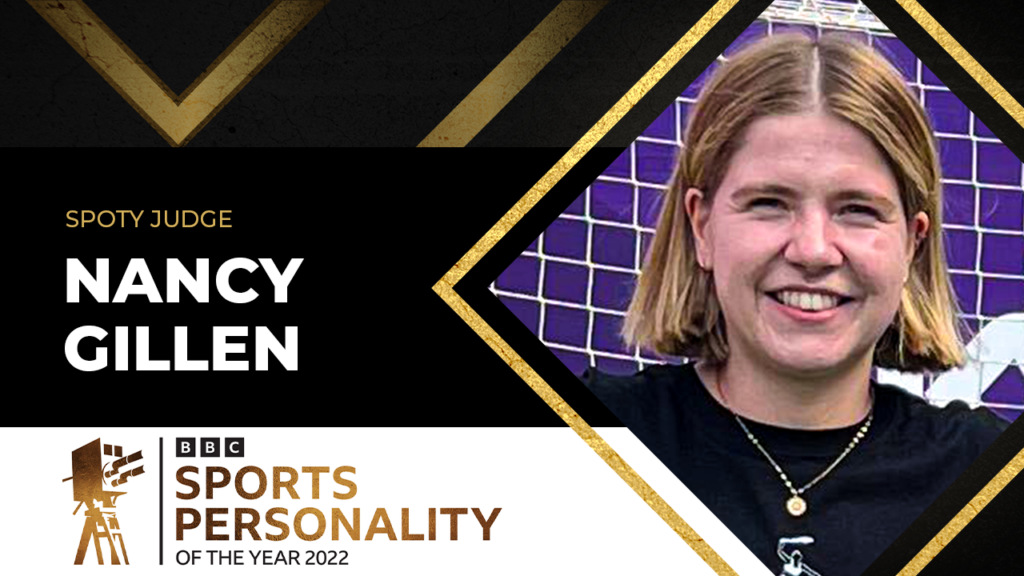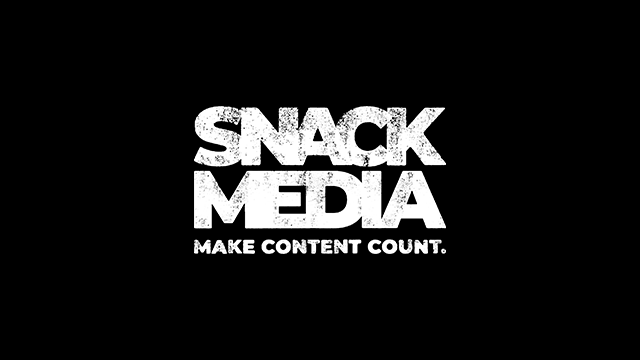Last week, three members of the Tech team packed their suitcases and jetted off to the Czech Republic for a weekend of technology, coding, AI – and even robotics!
Our Czech colleague has been attending Web Expo in Prague for many years, and has always brought valuable learnings and insights back to the developer team here at Snack. This year we decided to join him, so myself and Senior Developer, Nick Lamour, headed over to Prague for a weekend of seminars and workshops.

Senior Developer Petr Paboucek trying out some VR
For anyone who doesn’t know about Web Expo, it is billed as “The Web Event of the Year” and takes place in Prague every year. It is a packed schedule of seminars over 2 days, in 5 different rooms within the Lucerna building which is a fantastic venue. This is followed by a day of workshops with smaller groups, which have to be booked in advance. The seminars and workshops focus on various aspects of web from coding and technology, to marketing, business and team management through to AI, VR and even robotics.
From the full programme of seminars I attended, most were inspiring and beneficial in so many different ways that it would take ten blog posts to cover it all in depth! So, since I have a team to manage and projects to deliver, I will just outline a few of the main highlights of the weekend for now!
The opening seminar of the event, with Oobah Butler, was incredibly entertaining as you would expect. Was that even the real Oobah giving the presentation? We will never know for sure! This was all about how Oobah promoted his fake restaurant, The Shed, to reach the number one spot in Trip Advisor, brought his fake, knock-off clothing brand Georgio Peviani to Paris fashion week, and then after gaining notoriety, sent fake versions of himself to do TV interviews all over the world! It definitely goes to show that people will believe what they read without questioning, and also, if other people appear to want something, they will want it too. This was a really funny and light-hearted beginning to the weekend, and also had the effect of reminding people to question what they were being told, and to formulate their own opinions rather than blindly following the masses.
On the tech side of things there were a few stand-out presentations. I really learned a lot from David Grudl’s presentation about the Latte templating language. A next generation security focussed templating language. I also enjoyed the nostalgia of looking back over the older templating languages like Smarty, which I used much earlier in my developer career. For those not familiar, David Grudl is a developer who puts security at the forefront of all his projects, and I originally discovered his work when using the Dibi library for PHP / MySQL.
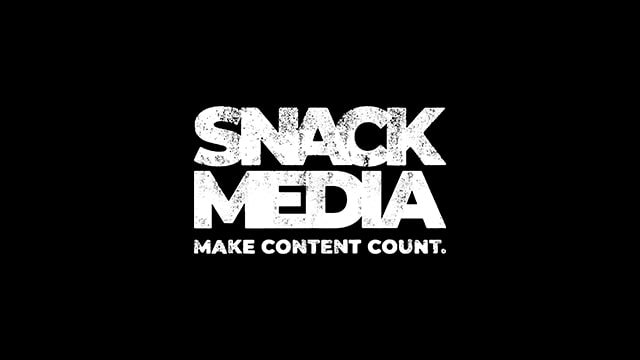
Harry Roberts on Resource Hints
Another tech focused seminar that was very interesting was Harry Roberts’ “More Than You Ever Wanted To Know About Resource Hints”. I had read a bit about preload and prefetch before, but having it all explained in a succinct way, and also his pointing out of the potential drawbacks and pitfalls to avoid was incredibly useful. I have already started making better use of resource hints on some of our websites and initial results of these tests are promising.
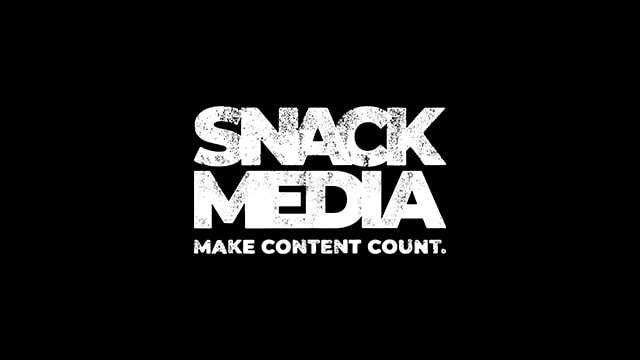
Jeroen Eerden on Fan Engagement and Neural Networks
One particular seminar that was specific to the sports industry, and therefore of particular interest to us, was “How Neural Networks Can Stimulate Creativity And Fan Engagement”
with Jeroen Eerden, founder of Brand Love intelligence. The presentation described their journey of promoting Fan Engagement for Dutch football team FC Emmen, and how they used AI to drive their social media KPIs. The part that I found most interesting was their method for how they position themselves currently, and how they can project their future growth and where that will position them if their strategies succeed or fail. In the graph you can see the 2 dimensions which are: completeness of vision of your organisations objectives, and ability to execute your operational goals. Using these 2 scales you can end up in 4 main segments (obviously to varying degrees in the real world) which are niche players, visionaries, challengers and leaders.

The other element I found interesting was more related to the AI itself, where they were able to analyse elements within imagery that they were posting socially and look for key factors like facial emotion of the players or people in the image, along with objects, labels, logos and other text. Although this approach didn’t make it into their final solution, the journey they took on their R&D process was fascinating to me!
The full seminar video can be seen here:
https://slideslive.com/38918930/how-neural-networks-can-stimulate-creativity-and-fan-engagement
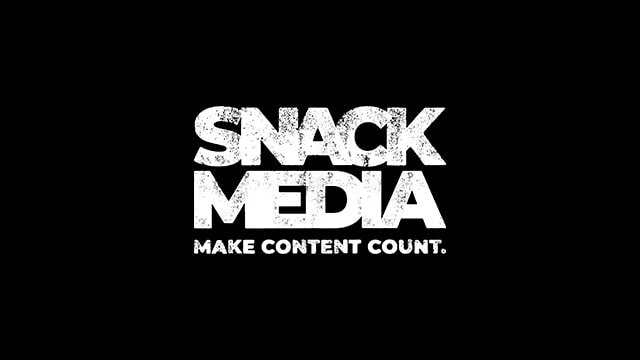
Vitaly Friedman
The absolute highlight of the weekend for me was the seminar “Bringing Personality Back To The Web” with Vitaly Friedman, founder of Smashing Magazine. Again this touched on my nostalgia for my early development career and particularly as I started out as a Flash developer when creativity and individuality were more prevalent in web design. In his talk, Vitaly mentions this particular tweet from Jon Gold in which he asks: “which one of the two possible websites are you currently designing?” – this is so true, that nowadays due to bootstrap and other templated UI solutions, there is no longer any real variety in layout, UI components, etc.
which one of the two possible websites are you currently designing? pic.twitter.com/ZD0uRGTqqm
— ᒍEᗰ ᔕOᑭᕼIᗩ (@sheherenow_) February 2, 2016
He shows another example, which is Facebook & Twitter app’s navigation bar changes over time. On the left you can see the evolution of Twitter’s. You can see that each year the shading, icons, text and spacing have been adapted based on A/B testing. On the right you can see Facebook’s changes to theirs (there are actually 2 full slides of this!) just from one day in 2017. They are literally moving things 1 pixel to the left or right and then A/B testing that. This is what A/B testing has created, a web where instead of thinking outside the box, designers are discussing whether a 15px or 16px border-radius will deliver better commercial results.

The most interesting points for me were the examples Vitaly showed of recent websites that had deviated from these conventions. Where they had ignored the ‘rules’ of modern web design, or had gone for a completely creative, artistic approach. He went on to talk about adding intentional points of ‘friction’ to a design or user experience, in order to keep the user’s attention, even if frustrating them a bit, just not too much!
I was generally impressed at the quality of this presentation. It was incredibly well conceived, written and thought out. The visual materials (slides and animations) were also really well designed and added to the entertainment value of the talk. Overall it was incredibly entertaining, fun and thought provoking. It really made me think about what we have lost in terms of creativity and experimentation since the death of Flash. Flash will never return, but maybe the more creative approach to web design can!
Full video and slideshow from Vitaly’s presentation here:
https://slideslive.com/38918862/bringing-personality-back-to-the-web
For more information on how we can help with your hosting, cut your costs and you grow your site, revenues and reputation email jamesm@snack-media.com



